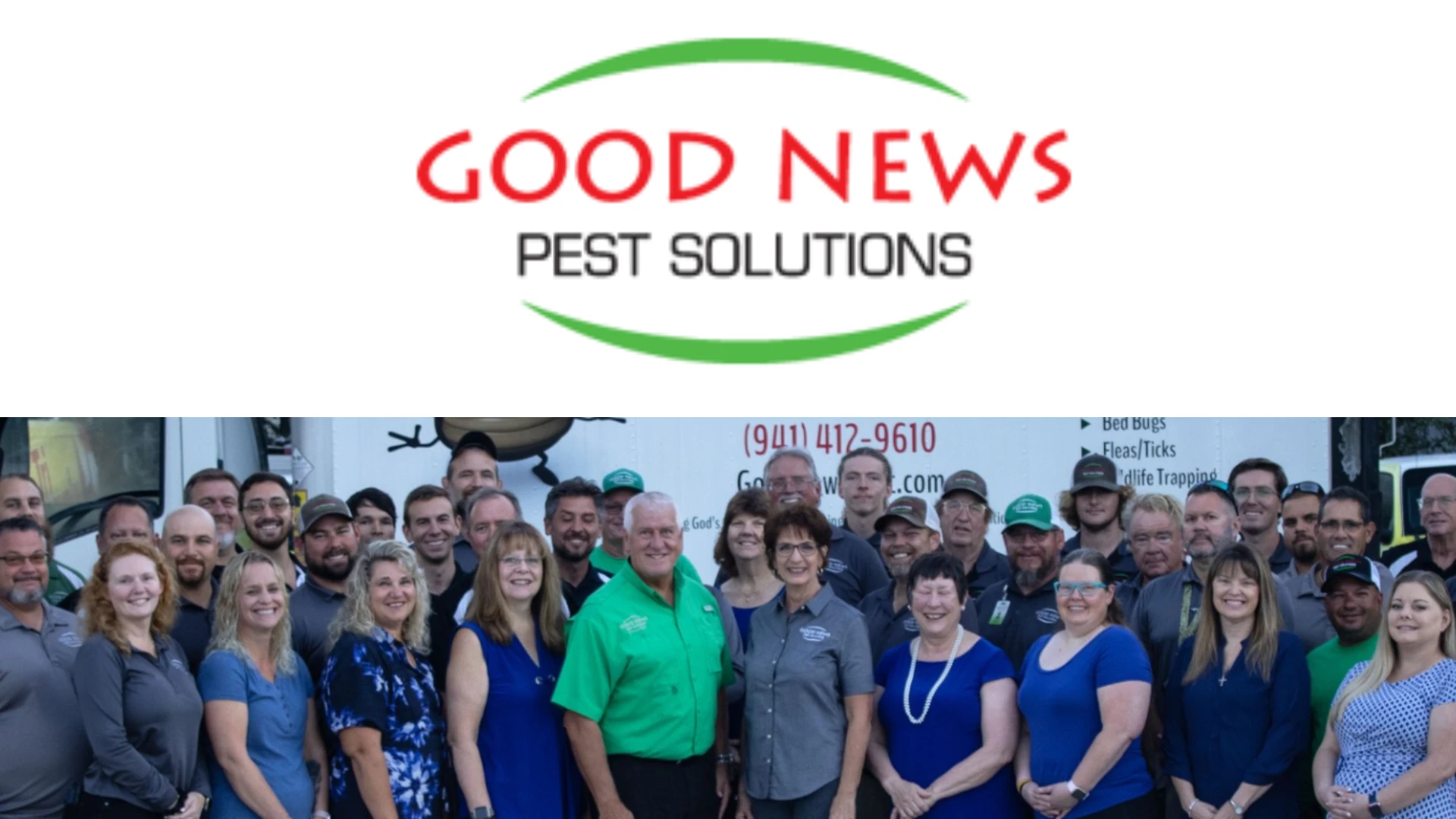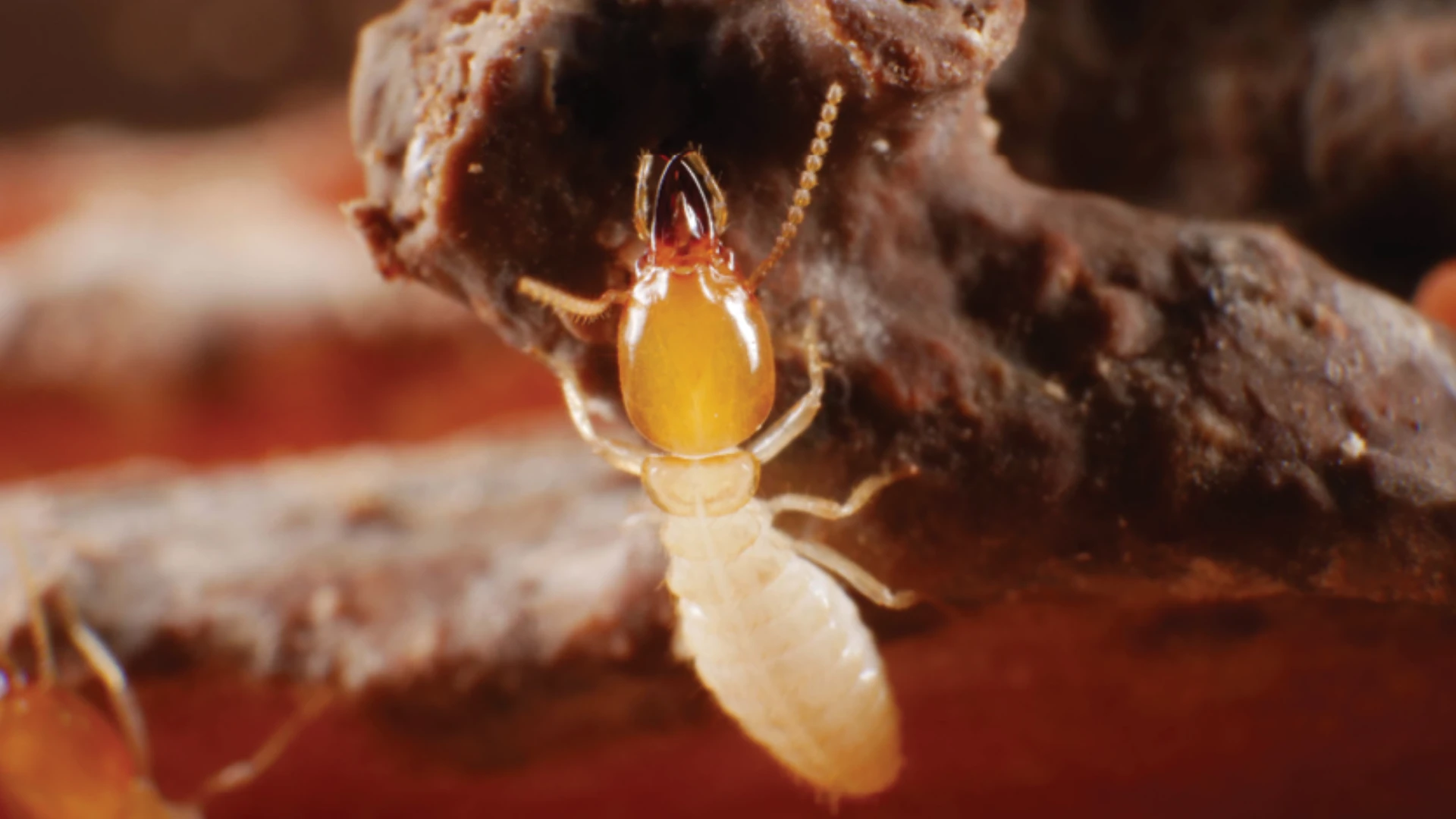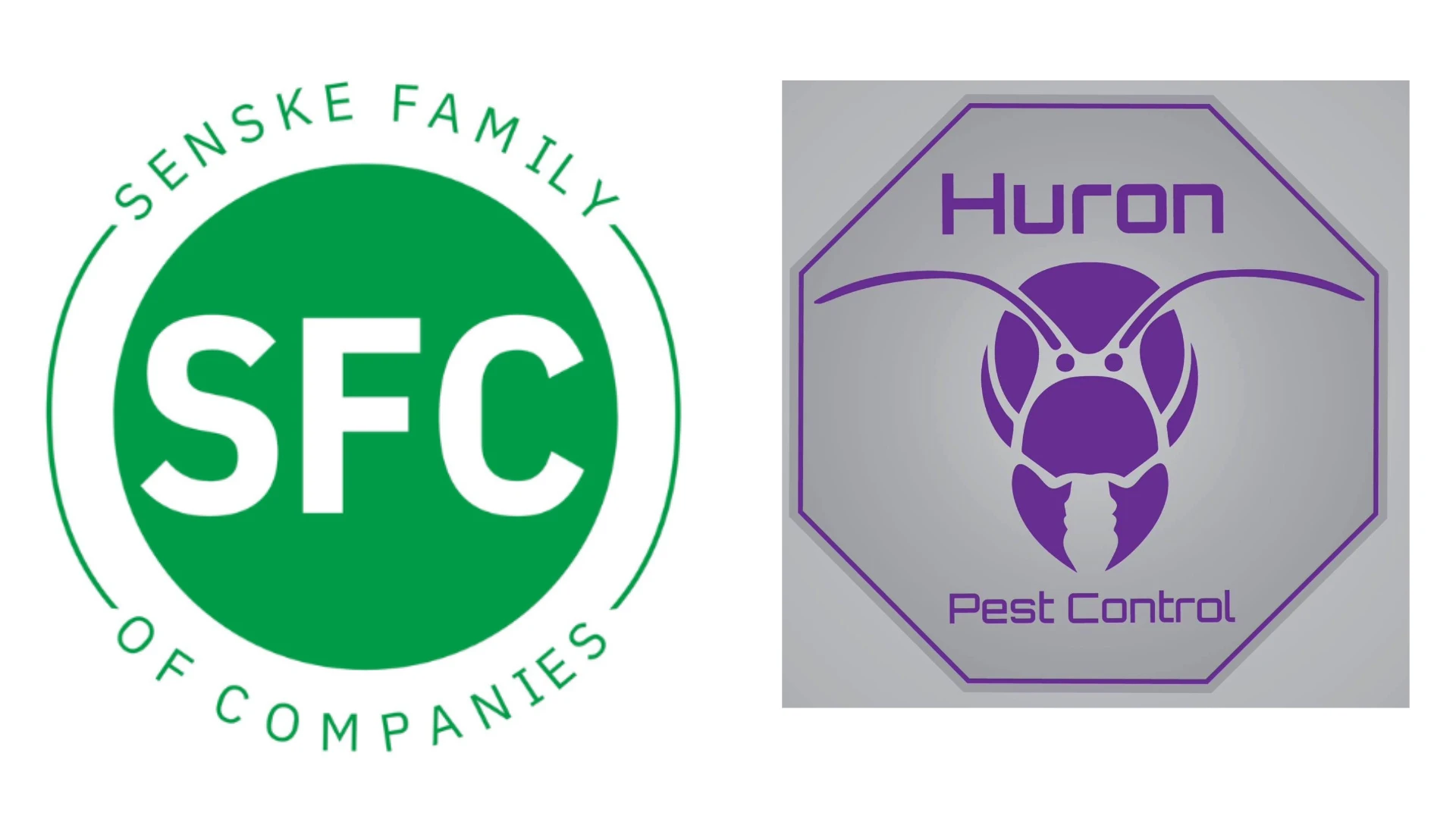Claims regarding WDI/WDO inspection reports are the fastest rising area of litigation affecting the pest management industry. Is your company doing all it can to avoid such legal trouble?
Historically, WDO/WDI forms have been called by many names, such as a "Clearance Letter" or a "Clearance Bond." Much is misunderstood about the WDO/WDI form but it important for pest management professionals to have a greater understanding of this unique creature and to be better prepared for today’s claims involving these services.
After exhausting all known areas of legal research concerning this issue, our firm found virtually no information on the origins of WDO letters within the mortgage banking industry. We performed statutory research both by computer and by reading law books, and we even contacted the Mortgage Banking Association headquarters in Washington, D.C. The legislative affairs attorneys and staff members within their legal affairs office all told us the same thing. WDOs are a "matter of common sense" and that some time, decades ago, the mortgage lending industry decided that as a preventive measure, WDO letters would be required to prevent further losses due to infested homes being held as collateral.
We continued to dig. Finally, we turned to perhaps the best-known repository of termite knowledge, Greg Baumann, former field technical services coordinator for the National Pest Management Association (NPMA). He was able to shed a great deal of light on the subject. In fact, Baumann’s knowledge of the history and reasoning behind these reports far exceeded that of the mortgage industry representatives that we consulted.
Based on what we have gathered from regulations, old statutes, old contracts, forms and Baumann’s impeccable recollection, we can now report as to the development of this form. It is important to understand where we have been to appreciate where we are now — and to help plan for the future.
REPORT HISTORY. Until the mid to late 1970s, the Department of Housing and Urban Development (HUD) required an appraisal and inspection on all properties where government assistance or financing was sought.
Although HUD required appraisals and inspections on properties they assisted with, there had never been the requirement of a Wood Destroying Insect Infestation Report or what is today commonly referred to as a "WDO" or "termite" letter. As the instances of damage or loss in collateral value increased, awareness of the need for an inspection of the property for termite or insect infestation also increased and it was decided that such inspections should be instituted as a requirement for all home purchases in conjunction with HUD or other government programs.
Initially, government agencies used internal forms for reporting inspections on homes. The forms, HUD 92053 and VA 26-8850, were initially used for termite inspections on homes involving government funding. These forms were integrated into one form in 1980, the HUD form 92053-VA. Following the adoption of form 92053-VA as the standard for reporting termite activity on HUD properties, different states began to develop individual forms for use in-state as a way of satisfying the HUD reporting requirements.
In 1990, HUD established clear guidelines on the information that was required for these applications and eliminated state-by-state reviews of termite inspection forms as presented for acceptance. However, applications from certain states became mandated and accepted for use in termite inspections.
As a result of conflicts arising over the use of state-mandated vs. federally approved HUD forms, HUD adopted the National Pest Control Association’s Form NPCA-1, Wood Destroying Insect Infestation Inspection Report, effective July, 1995, resulting in the reporting procedures currently in effect.
The rationale behind the implementation of such reporting requirements is to provide a means of assistance to prospective borrowers in determining the condition of the subject property as related to termite and other wood destroying insect infestation, as well as informing the financing parties of the same. Where the property is located in a state having a mandated wood infestation form, the stated-mandated form may be used. In these same states, Form NPCA-1 must also be completed for HUD purposes in addition to the state mandated form, unless the state agrees to modify its form to conform with Form NPCA-1. In all other states, Form NPCA-1 must be used.
As the government sector of the housing industry made strides towards the implementation of a required termite inspection procedure, the mortgage and other housing-related industries then followed suit and adopted these same basic guidelines.
The bottom line is that WDO/WDI inspections are now a central, if not pivotal, component of our industry, as well as the real estate and home building industries.
TERMITE STATISTICS. Let’s look at some of these numbers in specific detail with the knowledge we have about WDOs and our own inspection services. In 1999, pretreats generated $98.2 million in revenue. During the same time period, the U.S. Homebuilders Association and U.S. Government reports indicate that more than 1 million new homes were built.
Now if only 1 million homes were built, the average pretreat job was $98.20. Does anybody see a problem? Sure we probably don’t pretreat all houses such as those built in North Dakota, Wyoming or Alaska, but $98 per house? Let’s look even closer. New home statistics indicate that there were about 1.33 million single-family dwellings. If this is true, the average pretreat cost is down to $73.67. Based on statistics alone, is there any real question as to why there is current litigation involving the pest control industry and WDO/WDI inspections?
We all have heard horror stories and some have been witness to those "companies" that have been alleged to have performed pretreat services for less per square foot than the actual cost of the chemical used. The fact is, this issue is a reality and regulators across the country will tell you that they have files filled with complaints concerning improper pretreats and resulting damage claims.
Are you wondering what do the two have to do with each other? Well, in my opinion it is simple. If you do not initially pretreat a home that you are providing a WDO/WDI inspection for, than what assurances do you have that the home was properly protected in the beginning? This alone should send shivers down your back, especially when you see forms that are improperly filled out, graphs that are incorrect and forms that are filed that have such things as wrong address, etc., on them. So, we must address how we as an industry will deal with these problems.
I am aware of another entire subdivision in central Florida where the pest control operator had a special "deal" with the local builder. He did several houses in the subdivision and later the builder went bankrupt. Four of the first six houses that the pest management professional pretreated all had termite problems within 20 months.
There are absolutely no records to indicate a second visit to the home site and the allegations are that the purchase and inventory records do not coincide with actual use records. Unfortunately, two of these six homes have been sold by the initial purchaser to a second purchaser and a WDO/WDI inspection was performed for both closings. As you may have guessed, two pest management companies are now involved in the same lawsuit with the new purchaser, the initial buyer and the real estate agent.
It is clear that the claims over WDI/WDO inspection reports are the fastest rising area of litigation affecting the pest management industry. There is little wonder because the dollars generated in revenue in 1999 alone are staggering. Moreover, you can look at last year’s report of 5,197,000 houses being sold in the United States to know that there is a tremendous amount of opportunity for revenue (as well as claims) to develop. Currently, of all the pest control-related suits we are working on in our office, about 20 percent of them involve WDO/WDI inspections. The vast majority of the lawsuits are similar and several include the following type of allegations:
- The inspection took too little time. In one case the inspection of a 1,900-square-foot home, with an attached garage, allegedly took less than 15 minutes.
- They are not adequate inspections. The allegations are simple in that the homeowner alleges rooms were not gone into and the basement or attics were not checked. In some allegations the houses were not inspected all the way around the outside.
- In a series of cases we have the allegations are that the inspectors did "too many reports in one day" and alleged that 15 to 20 inspections were done per day by this inspector and this was a common practice.
- In another suit we have an allegation that the technician who inspected the home had never actually treated a home and had only been on the job for a week or so when he performed the inspection.
- Finally, in another suit we have the allegation by the homeowner that the inspector left his truck running while he went in and did the inspection that constituted presenting the paperwork for the homeowner to sign.
CONCLUSION. Alarmingly, the newest wave in lawsuits involving WDO/WDI claims finds plaintiffs alleging that the inspection was so bad that the retreat only contract they signed with the pest management professional must be converted to a full repair contract even though the homeowner didn’t pay for such a contract.
There is a reason that HUD began requiring wood-destroying insect infestation reports in the mid-1970s. The rationale remains true even today. As more and more houses are built and more and more houses are resold, there is a greater cause for concern. At the same time, the pest management industry is faced with a tremendous opportunity for an increase in revenues. Of course, with this comes the inherit responsibility and obligation of proving proper WDO/WDI inspections. With the Mortgage Banking Association and the lending industry looking into this area, it is clear that we must do a good job of providing proper inspections. This includes a complete and thorough documentation based upon sound inspections.
At some point, we must also address "policing" our own industry so that we all don’t get "branded" with the problems caused by those few renegades who don’t follow the label, don’t follow the law and don’t protect the customer.
The choice, like most, really is ours and we can choose as an industry to be pro-consumer and serve as partners with our customers, (which includes not only homeowners but perhaps may include their lenders) or we can be considered as adversaries of both the homeowners and their lenders.
Here are three suggestions as you approach planning for your WDO/WDI inspection business:
- Make sure you are getting your employees the best training you can so that they can properly perform inspections services. I firmly believe a well-trained technician is not only your best source of profit, but that it is your best weapon against bad claims and in defending lawsuits. Besides, all we want is to give our customers our very best every time.
- Make sure all inspection forms are completely and correctly filled out. You need an internal, up-to-date review system in place to ensure that the forms are proper before they are finalized and filed.
- Make sure that you have a positive, healthy relationship, not only with your customers, but your local inspector/regulator as well. They can be your best friends if you let them — especially when problems arise. Alternatively, if we don’t perform correctly, they can and should be our worst enemy. That is not a role they readily choose, but is one they often have to perform.
The author is a partner with the law firm Crosslin, Slaten and O’Connor, Montgomery, Ala. He can be reached at 334/396-8882 or via e-mail at gcrosslin@pctonline.com.
WANT MORE?
Enter your email to receive our newsletters.

Explore the June 2001 Issue
Check out more from this issue and find your next story to read.
Latest from Pest Control Technology
- Webinar: Employee Incentives — Going Beyond the Annual Raise
- Pest Control Companies Helping Neighbors in Need Eradicate Bed Bugs
- Why Does Marketing Feel So Opaque?
- How Did This Pest Get Its Name?
- Rose Pest Solutions Honors Top Performers with Annual Chief’s Club Awards
- Doug Foster on Termite Control Equipment, Resources
- Pest Control Consultants Acquires EcoGuard Pest Control
- Pest Index Increased 9 Percent YOY in February






